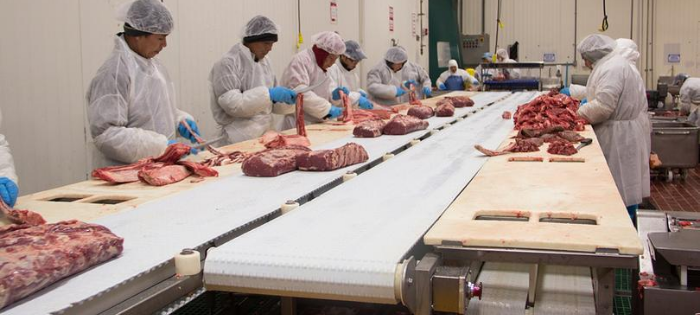
Food Safety
Comments: No Comments
During the life of a food or food material plant, periods may exist where interruptions in normal operations occur. Whether the plant is partially shut down, idled, or completely shut down, it is essential that the physical plant, equipment, and processes be adequately maintained to eventually resume operations.
In order to restart, companies must ask:
- What practices must be followed to ensure proper condition for food and food contact materials manufacturing?
- How should recommissioning proceed?
- To what level should assessments be conducted to ensure proper operating conditions that protect against any potential contamination or risks?
Avoiding Catastrophic Consequences
Historically, re-startup after extended shutdown, maintenance, or upgrades with idle periods and/or equipment not being maintained for an extended period can cause significant and sometimes catastrophic issues. While some of these issues may not occur during a market-level shutdown, attention to recommissioning the site and plant needs to follow the same high level of inspection, review, and corrections, even from a non-critical event. That being said, particular attention must be given if shutdown follows an emergency response (e.g., an incident where bodily fluid is released; a building issue like fire, flood, storm; major catastrophic damage).
Vulnerability Assessments
Plants must verify their capacity to restart according to all regulatory and compliance requirements. Each area or zone of the site/plant must be maintained or brought back up to the proper standards. A large part of this involves identifying vulnerabilities at actionable process steps within a facility, including sanitation, employee requirements, equipment, and operations. For each point, step, or procedure in the facility’s process, elements must be evaluated for Hazard Analysis and Critical Control Points (HACCP) compliance, including rates, operations to hygiene, and critical time/temperature (e.g., will line speeds impact cooking and kill steps?).
Consider severity and scale of any potential impacts/vulnerabilities on health, including such areas as the volume of product or the number of servings to the number of exposures that could occur from contaminated condensates. Consider broader issues like how fast the food moves through the distribution system and possible number of illnesses and deaths. These broader factors should be used to determine significance, severity, and likelihood and to then update controls for hygiene, sanitation, and disinfection.
Enhanced Inspections
It may also be prudent to conduct enhanced inspections and maintenance for unexpected issues associated with limited operations or shutdown periods. It is important to ensure the following:
- Condition of premises and site meet requirements of business licenses.
- External building conditions, including all mechanicals, roofs, exterior walls, drainage, and pest control are functioning according to design and food safety systems.
- Internal building envelope (non-exposed food), utilities, and general controls (e.g., air filtration/conditioning, waste, lighting, pest control, security, intentional adulteration controls) are inspected, maintained, and operating at approved levels.
- Food processing and storage, including temperature controls, cooler operations, and sanitation have been tested and verified.
- Food Safety Management System (FSMS) is established and maintains all changes via Management of Change (MOC) procedures, verification, and records.
Best Practices
Based on the data gathered through vulnerability assessments and enhanced inspections, companies can determine what changes need to be implemented prior to safely resuming operations. Best practices to integrate into operations may include the following:
- Modify maintenance and inspections, as appropriate, but do not disrupt preventive maintenance programs.
- Include test or performance validation runs of all utilities and equipment on a scheduled basis and with time to ensure proper operations.
- Train facility personnel working in all operations to conduct test runs, monitor results, approve, and complete reporting.
- Establish updated procedures for all personnel, contractors, drivers, and approved visitors prior to site/plant entry.
- Establish and implement any new personnel, health, and PPE requirements and work rules (e.g., work area separation, quarantine periods, doctor release notes, closed campus, social distancing).
- Upgrade new controls to meet OSHA bloodborne pathogen, PPE, and respiratory programs.
- Modify employee areas to encourage proper hygiene (e.g., handwashing, hand sanitation, PPE, and waste management).
- Determine new, EPA-approved sanitizers and disinfectants, and use appropriate sanitizers in all areas, including shared surfaces like touchscreen covers and their general location.
- Increase environmental monitoring of all possible sources, including coolers/fans/ducts.
- Base operating conditions on enhanced operational inspections: pre-, during, and post-.
Monitoring and Communicating
Final steps must be taken to ensure the proper implementation of updated programs, plans, and strategies during modified operations or shutdown. Monitoring the updated strategies, actions, and conditions must happen through management team review and all levels of organizational responsibility. In addition, facilities must maintain records for changed operations, corrective actions, and verification activities.
And before the plant can open, any updated site programs must be communicated, and personnel must receive appropriate training to ensure safe food and positive worker welfare.
